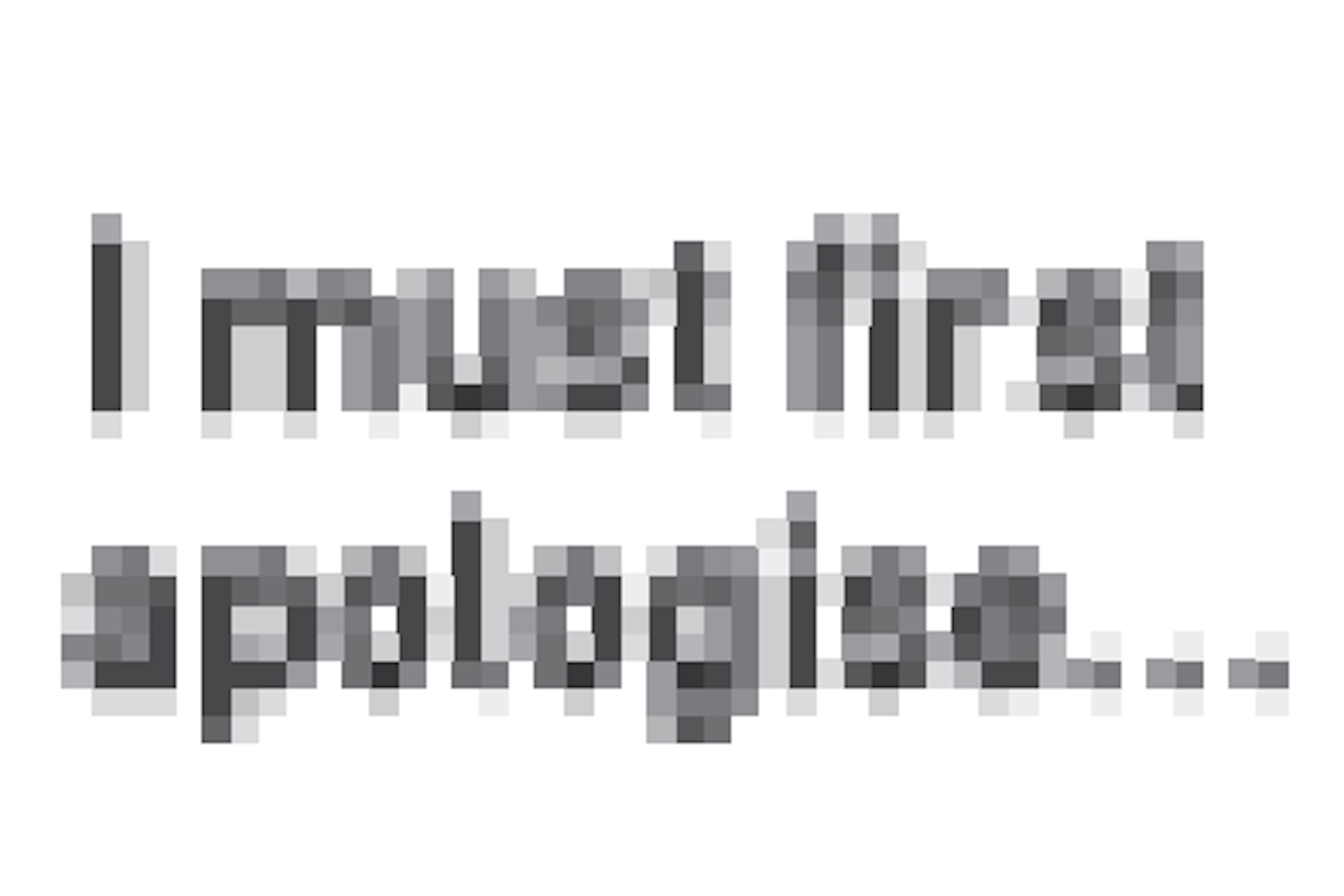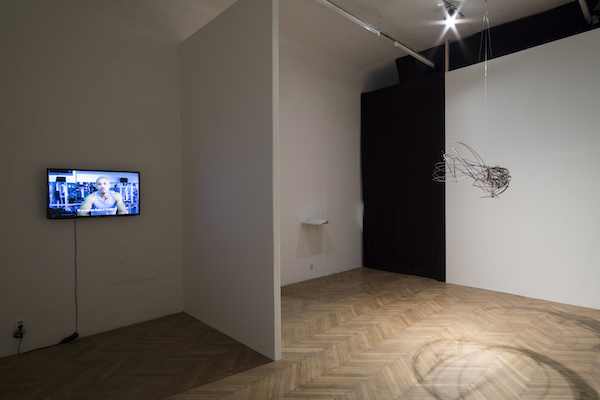Since 1999, the artists have collected, archived, studied and traced back more than four thousand junk and spam emails, focusing on those that are intended to defraud their recipients. The type of scam that interests Hadjithomas and Joreige references reality – the news, or real events – citing existing conflicts in order to manipulate the reader’s willingness to believe. Written in the first person and structured like monologues, they often usurp famous individuals’ identities, posing as the children or wives of politicians or infamous dictators, claiming to possess a large sum of money that they need to urgently transfer. A substantial percentage of this money is promised to the one who accepts to help, usually a stranger, since no one else can be trusted..
Hadjithomas and Joreige collected these scams without really knowing why, at first. Progressively, they questioned themselves on exactly what representations and methods of knowledge production they were based. Can one build a story with these emails, give a shape to their imaginary?
When they are read carefully, these collected scams tell a history of these past few years: the conflicts, wars, shifts, global economic evolutions, fluctuating financial values, raw materials, religious extremism, political turmoil, and even environmental disasters. These virtual archives outline a cartography of conflicts, a symptom of the state of the world and complex relationships motivated by colonial ideologies between the North and the South, and at the same time remain a space for singular encounters and poetic experiences.
For Hadjithomas and Joreige, the “matter” of these scams – which is usually redirected to the trash folder in our computers – becomes a space for transformation, questioning narrative and artistic forms produced by the Internet and the relation to contemporary history, to art, to different systems of representation, and the odd faith that leads us to believe images and stories.
The exhibition acts like a narrative itinerary, a film that unfolds in the shape of installations, sounds, videos, sculptures and drawings, deconstructing this data and transforming it to produce images. One encounters recurring characters, minor characters, scammers, victims, scambeaters eager to scam the scammers, parallel edits, original settings, essential accessories, scenarios, and virtual stories that establish multiple connections among one another.
Scams (I must first apologise) is composed of multiple installations including:
Part 1: The Jerusalem Letter Part 2: The Rumor of the World Part 3: The Geometry of Space Part 4: Fidel Part 5: The Trophy Room Part 6: (DE)SYNCHRONICITY Part 7: A Letter can Always Reach its Destination Part 8: It’s All Real Part 9: 2008, A Matrix 


